Nourishing Nature's Pollinators: Feeding Honey Bees During Periods of Scarcity
Feeding Honey Bees for Health and Vitality
Bees are, for the most part, very self-sufficient. However, when you take them away from their natural environment and breed them as a bee keeper you take on some of their responsibilities.
Feeding honey bees during periods of scarcity or low nectar flow can help ensure the health and survival of the colony.
Why, When And How You Need To Feed Your Bees As A Beekeeper
One of the most important of these is ensuring that they are well fed. As a beginner beekeeper, this might seem a little odd.
I mean, aren’t bees supposed to feed themselves; what with all that honey lying about in their combs? Well, remember that one purpose of raising them is for that very same honey which means that you need to take care of them once you take away their sustenance.
Below is a comprehensive guideline to help you understand not only why you need to feed the bees but also when and how.
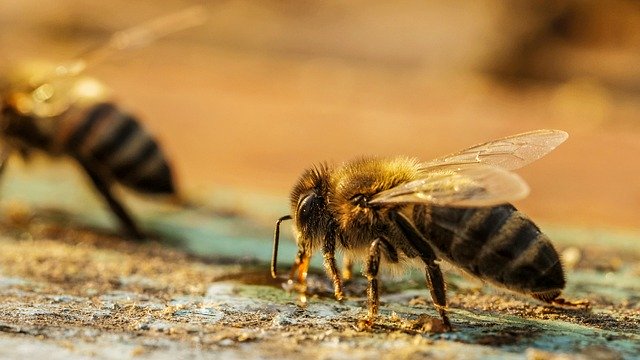
Do bees really need to be fed?
First thing’s first, it is important to understand why you need to feed the bees. Below are 4 of the main reasons.
To stimulate colony activity
Sometimes, the honey bees need a little extra push to get started with normal spring hive activity. In this case, feeding them goes a long way. It energizes them and gets them in the mood to work thus promoting honey making activities in the hive. I introduce pollen patties in the spring that get them going, made with their own honey from the season prior. I also have my own recipe of honey, water, lemon grass & spearmint essential oil and a touch of tee tree oil, they come knocking at me door when they smell it each year which really gets them going and cleans out there long over due trip to the bathroom.
To complement natural reserves
This is especially important during seasons like summer and winter when there are not many flowers to get nectar from. In this case a little help goes a long way to ensure that the hive survives.
To prevent robbing
This is what happens when a starving colony decides to steal honey from a nearby colony in order to survive. This could happen if you have multiple colonies close to one another. In order to prevent it, simply ensure that they are all healthy and well fed.
To prevent starvation
Finally, you need to feed the bees to literally prevent death by starvation. This could happen for many reasons ranging from disease to lack of flowers to pollinate.
Whatever the case, feeding helps keep them alive until whatever challenge they are facing is overcome.
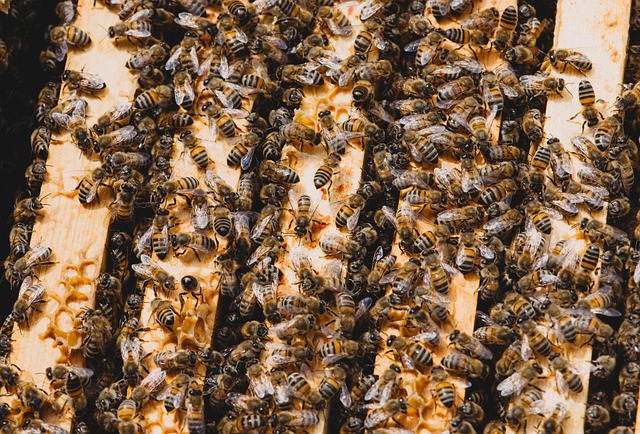
What do you feed bees?
The next important question to answer is that of what to feed the bees. Bees need sugary carbohydrates to survive. This is why they make honey which has a ton of sugars including sucrose, glucose and fructose.
Below are a few alternatives that you could feed the bees.
- Bee candy
- Sugar syrup, only as a last resort.
- Honey from the harvest in the fall.
- Dry sugar, great for cooler climates.
- High fructose corn syrup, I wouldn't but some do.
In addition to these, it is important to ensure that you keep the bees hydrated. This means that water needs to be on the menu as you feed them.
Finally, ensure that you include some pollen whether organic or in the form of process pollen patties. These are used to make bee that is also a part of the bee’s source of nutrients.
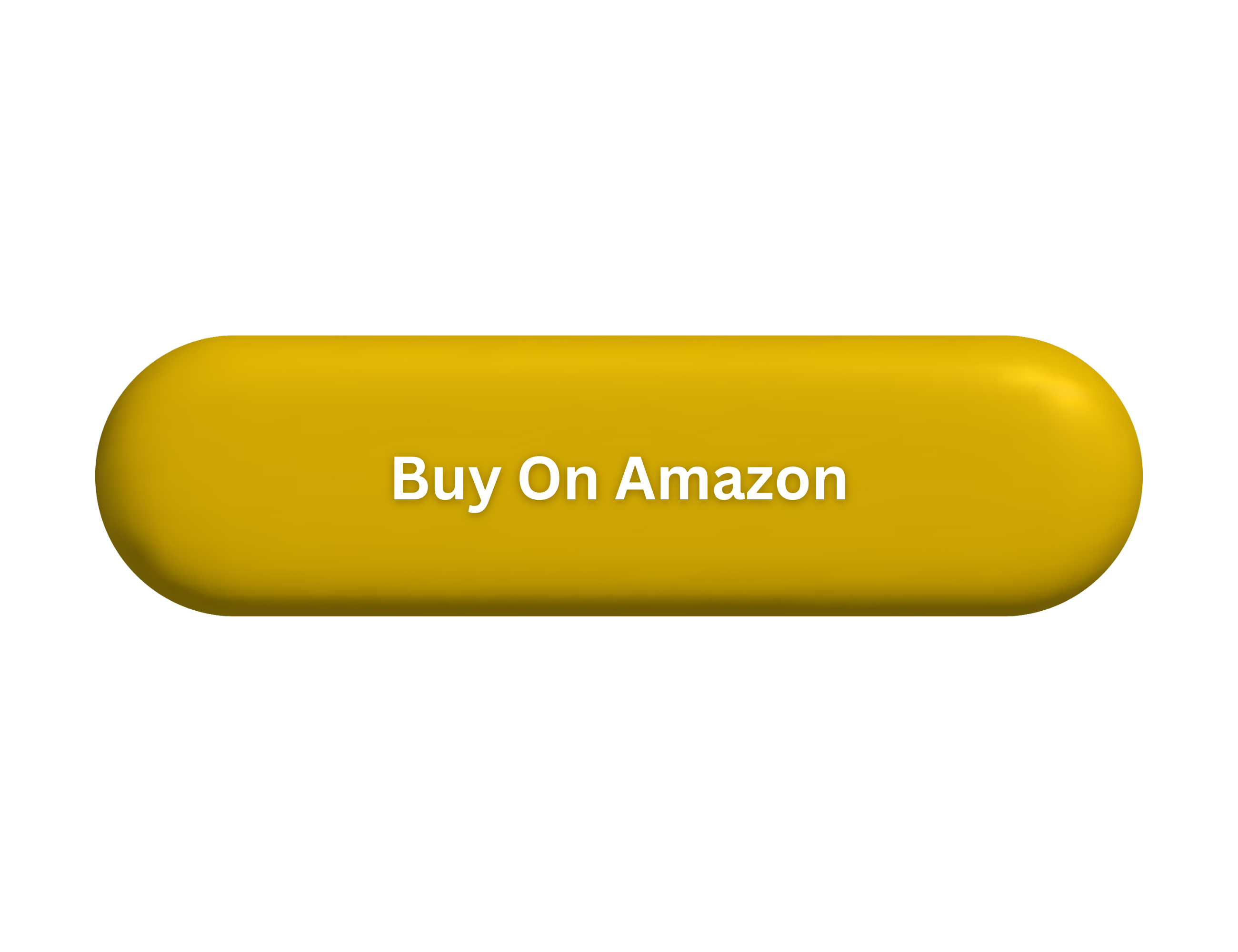
When should you feed your bees?
Now that you know why and what to feed the bees, the next step is to understand the importance of timing. In this case, below are the 4 main times you need to feed your bees.
- During spring
This is usually done when starting a new colony or to promote activity in an old one. Feeding basically gets their gears going and promotes both reproduction and honey production activities in the hive. Frame feeder (honey & water), pollen patties.
- During winter
In this case, you feed them because their reserves might not be enough to sustain them throughout the harsh season. Watch your hive and open honey reserves of honey by the ball of bees first. Bee candy, dry sugar, inside frame feeder.
- After a major harvest
Once you have harvested a share of the surplus honey, I watch the bees in the fall and offer to feed if they show any signs of not being calm or showing signs of robbing.
I never take all of their honey, the hive should be very heavy to lift going into winter.
How do you feed the bees?
Finally, it is important to understand how to feed the bees. This is the easiest part as all you need to do is to invest in feeding trays.
There are many different designs in this case based on your hive type and whether you are feeding the bees solid or liquid food. I like the in frame style of feeders, they don't have to go far to feed and stay warmer and its within the hive and less chance to attract attention from other colonies and bees to rob. Invest in a good frame feeder, or top feeder but control openings in the hive to a minimum.
Going into the winter and in the spring and after the honey harvest, I mix up a potion of honey, lemongrass & spearmint essential oil, water and tea tree oil. This gives them a nice treat and also clean out their bellies of fungus going into the winter and or spring.
With all the information provided above, you should be able to ensure that your bees are well nourished for a thriving colony. Just ensure that you watch the hives on a regular basis should they need you.
That way, they are not left starving once you get your cut of the months of hard work.
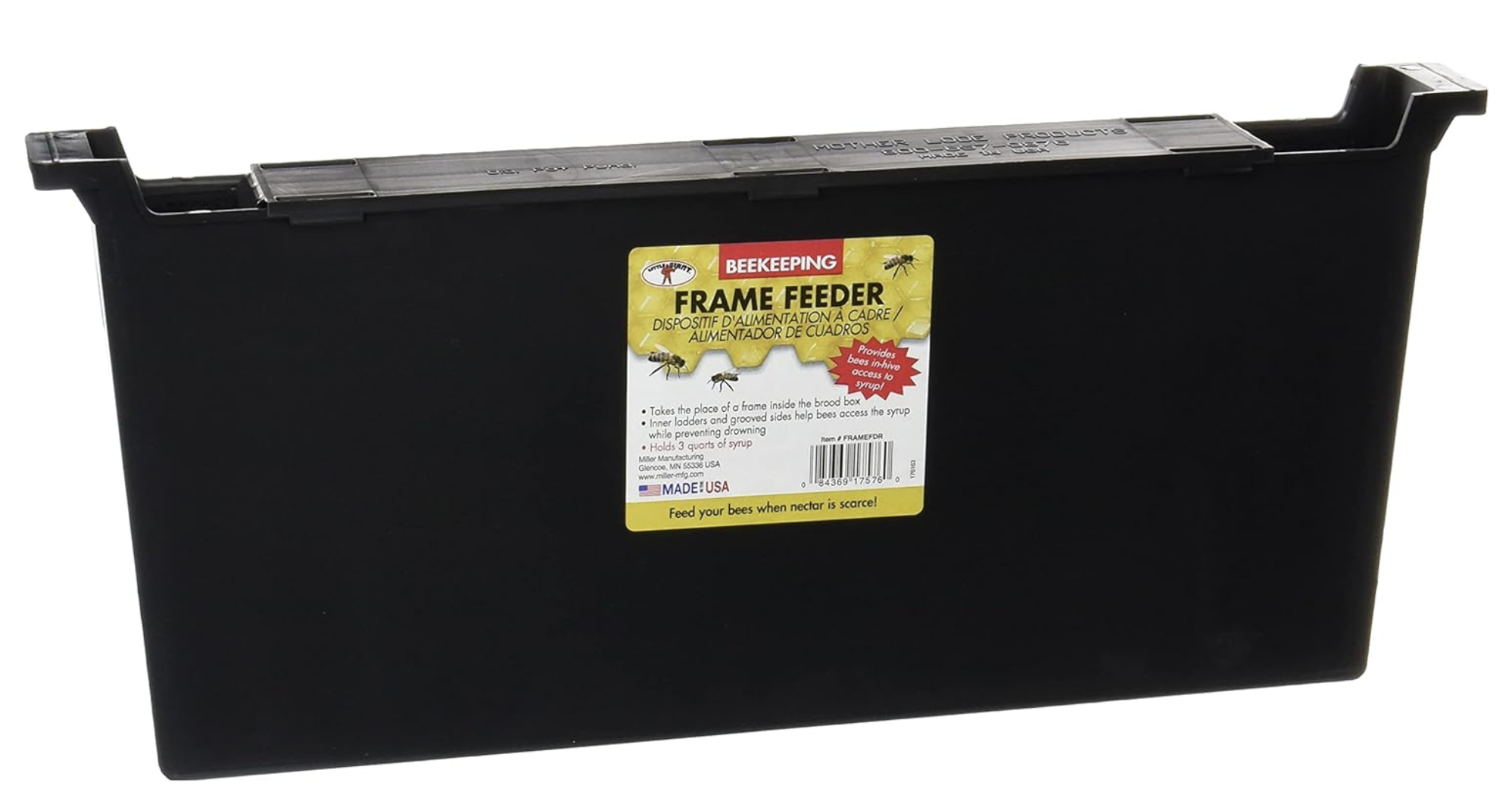
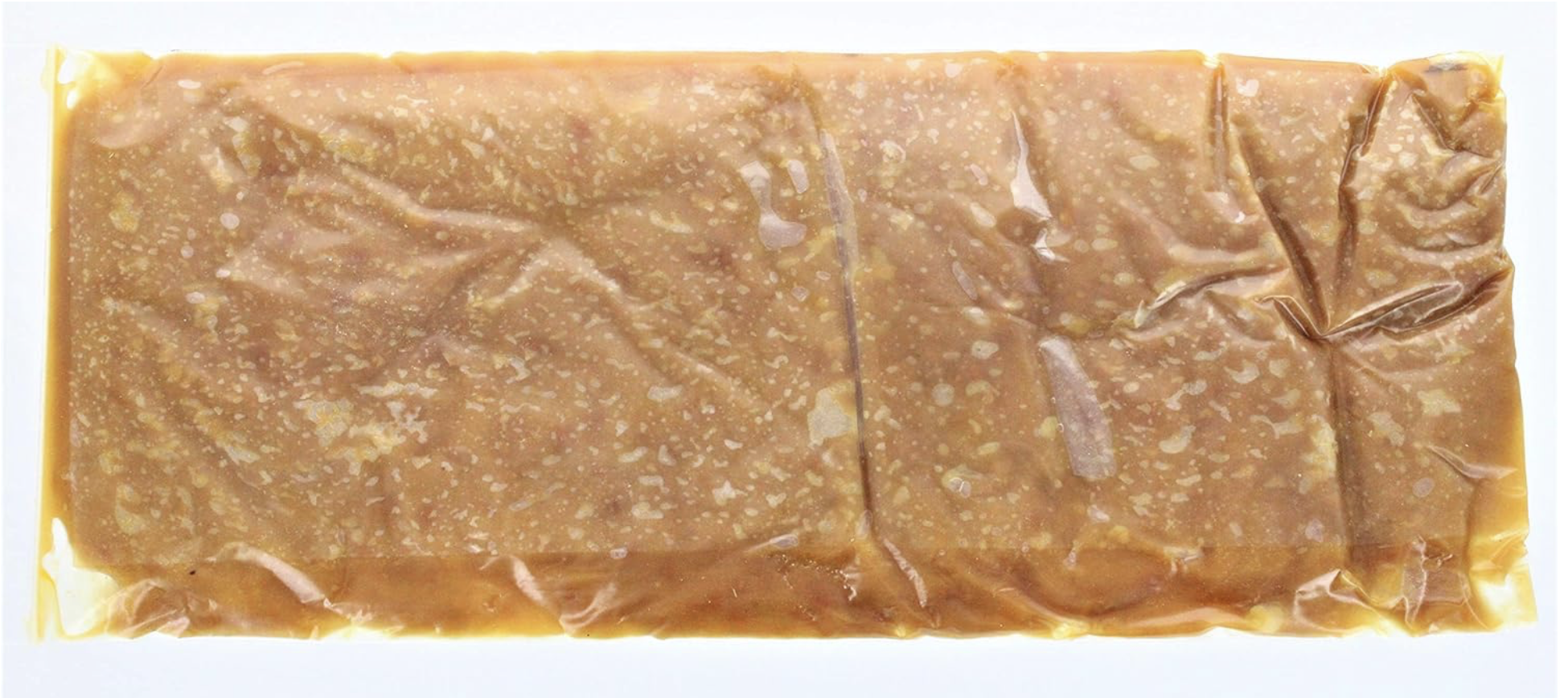
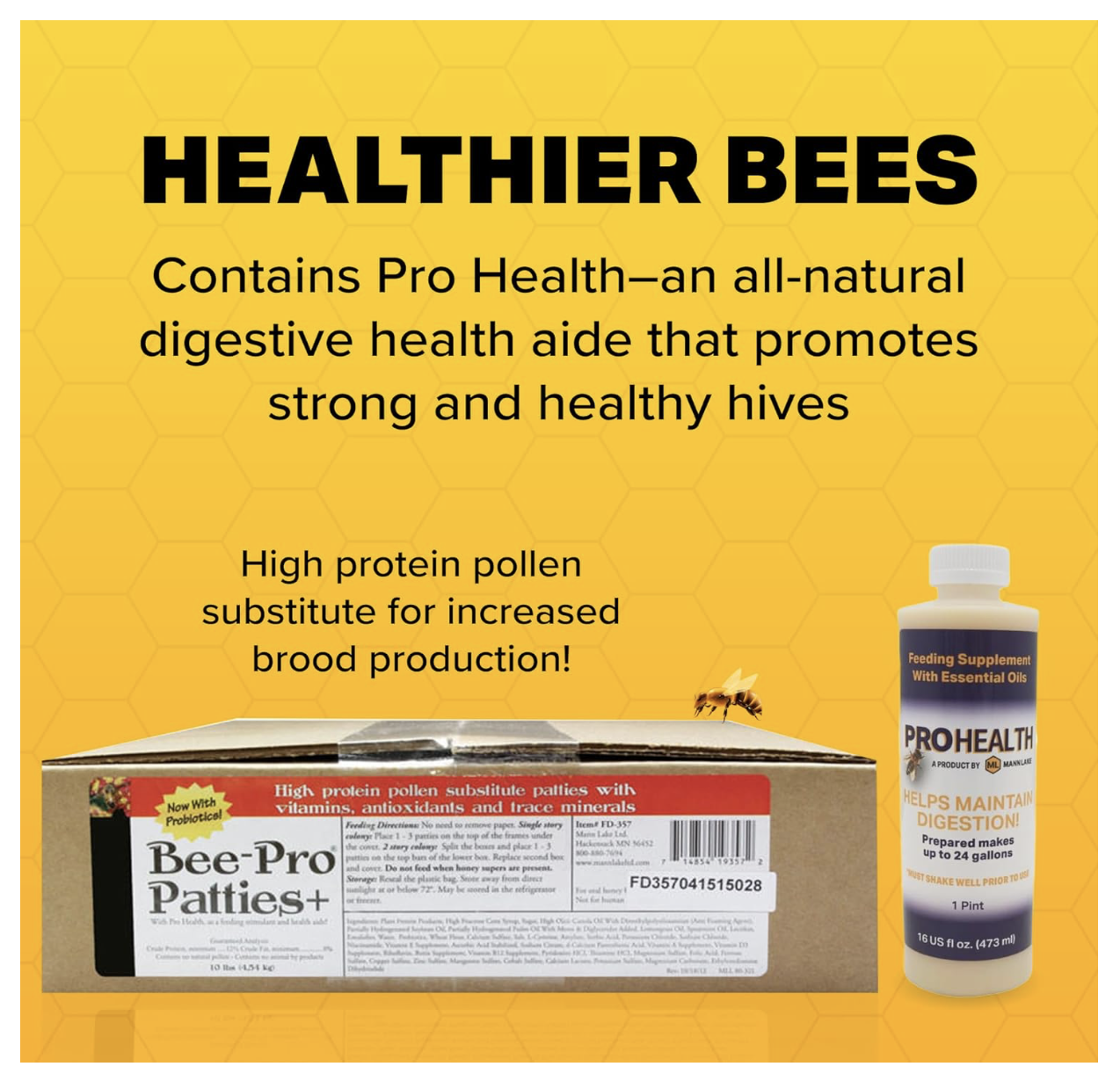
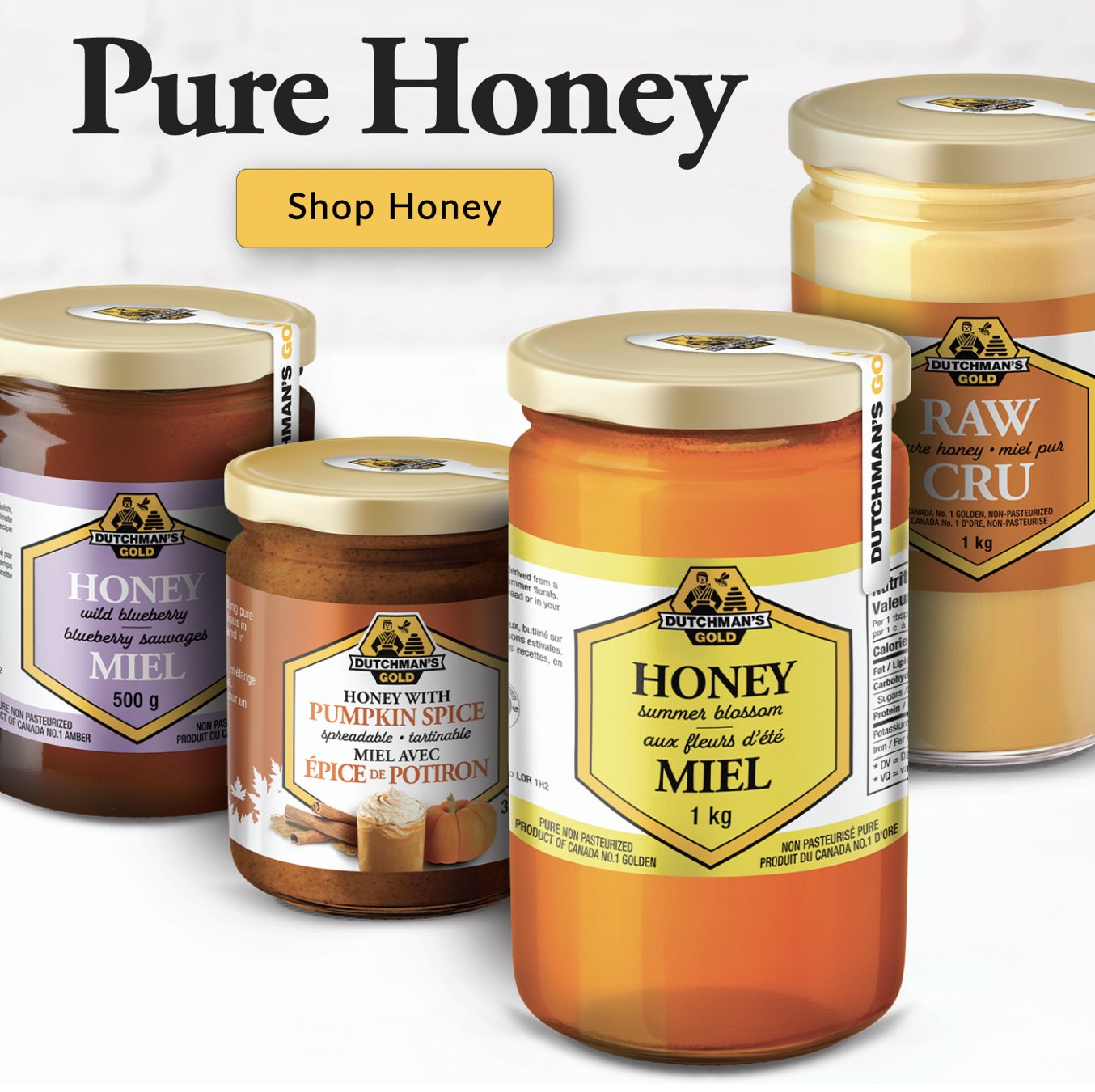
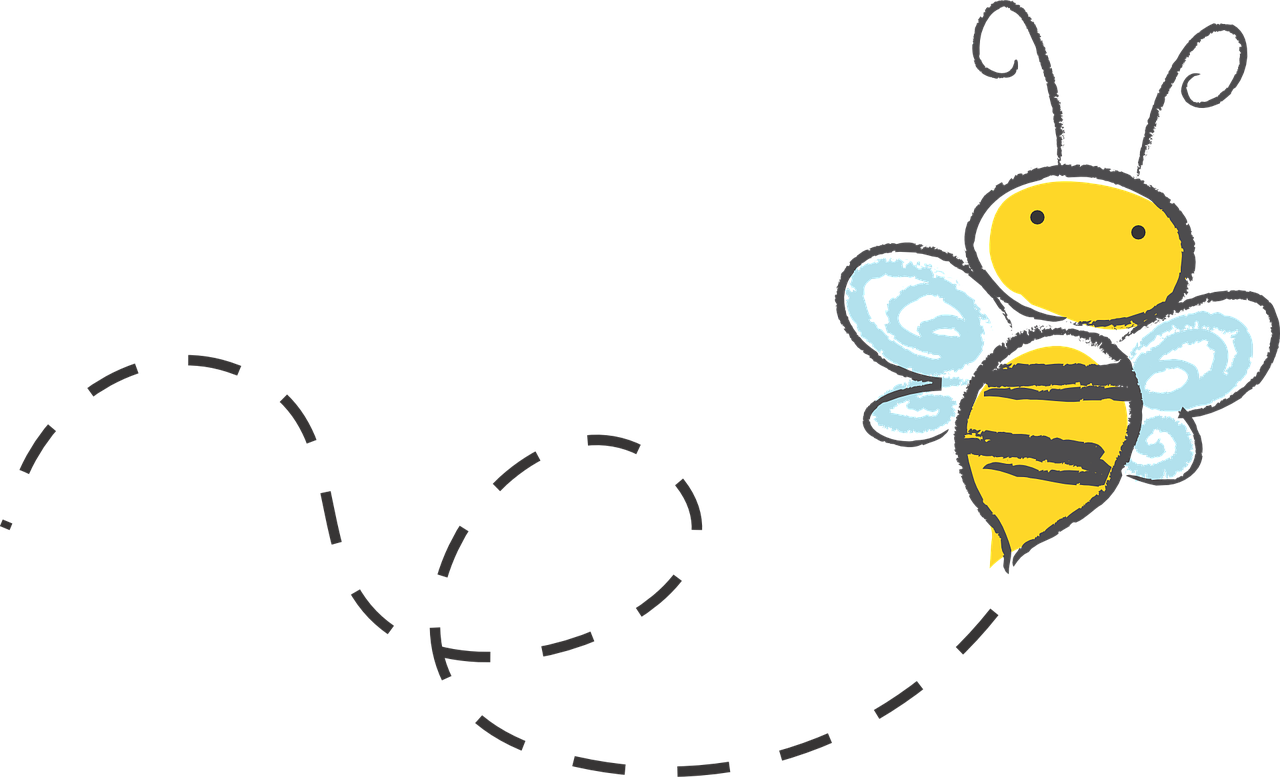
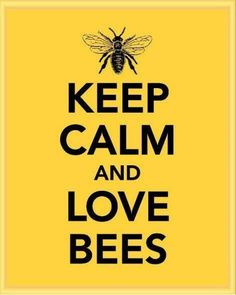
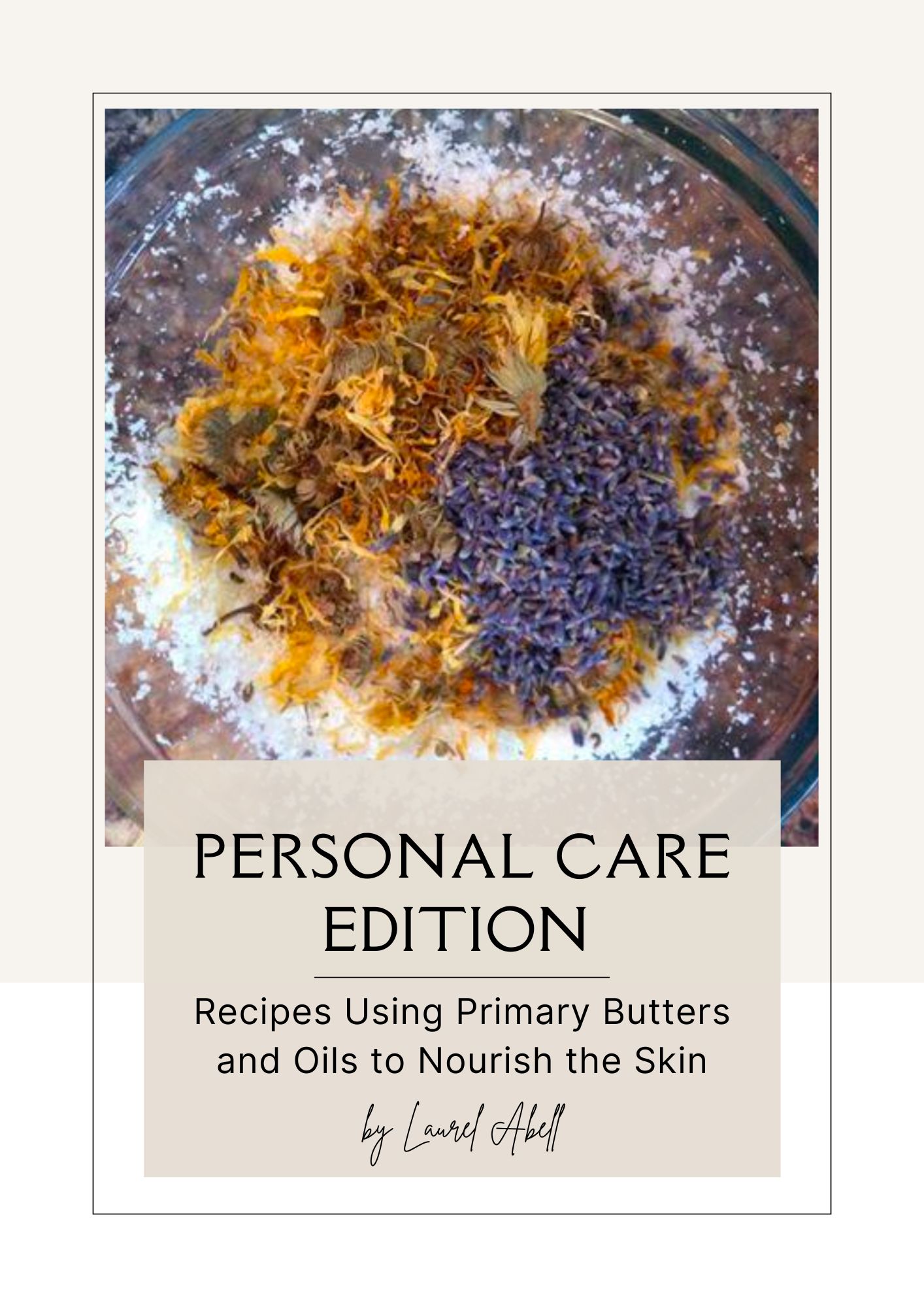
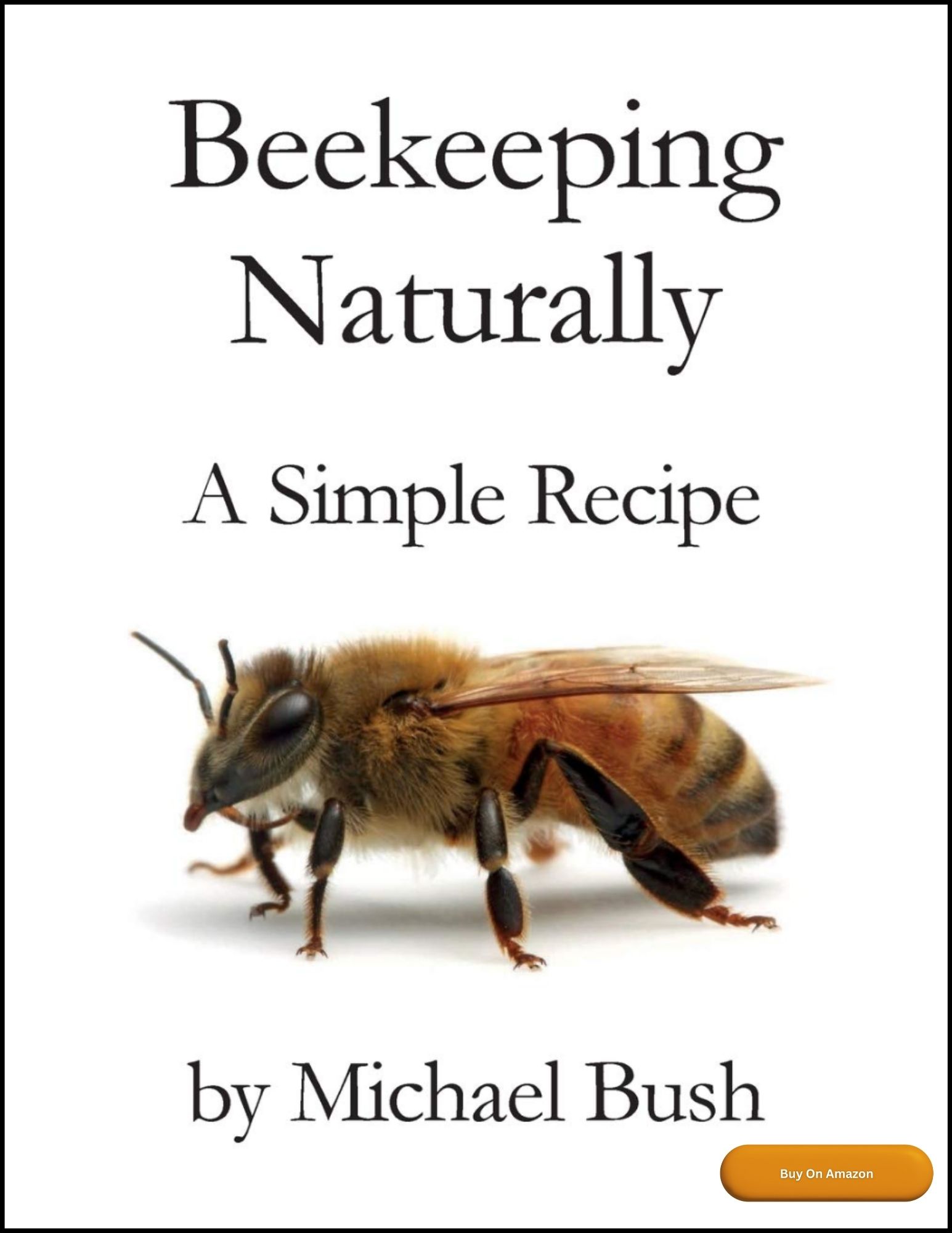
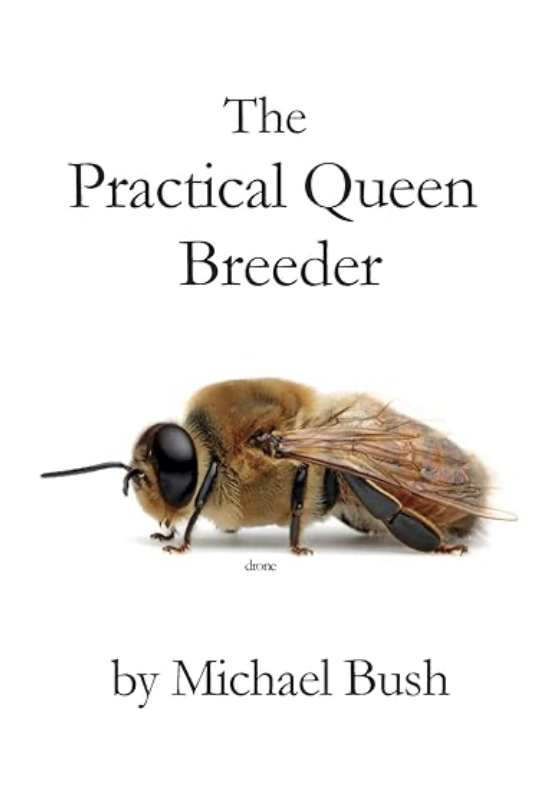
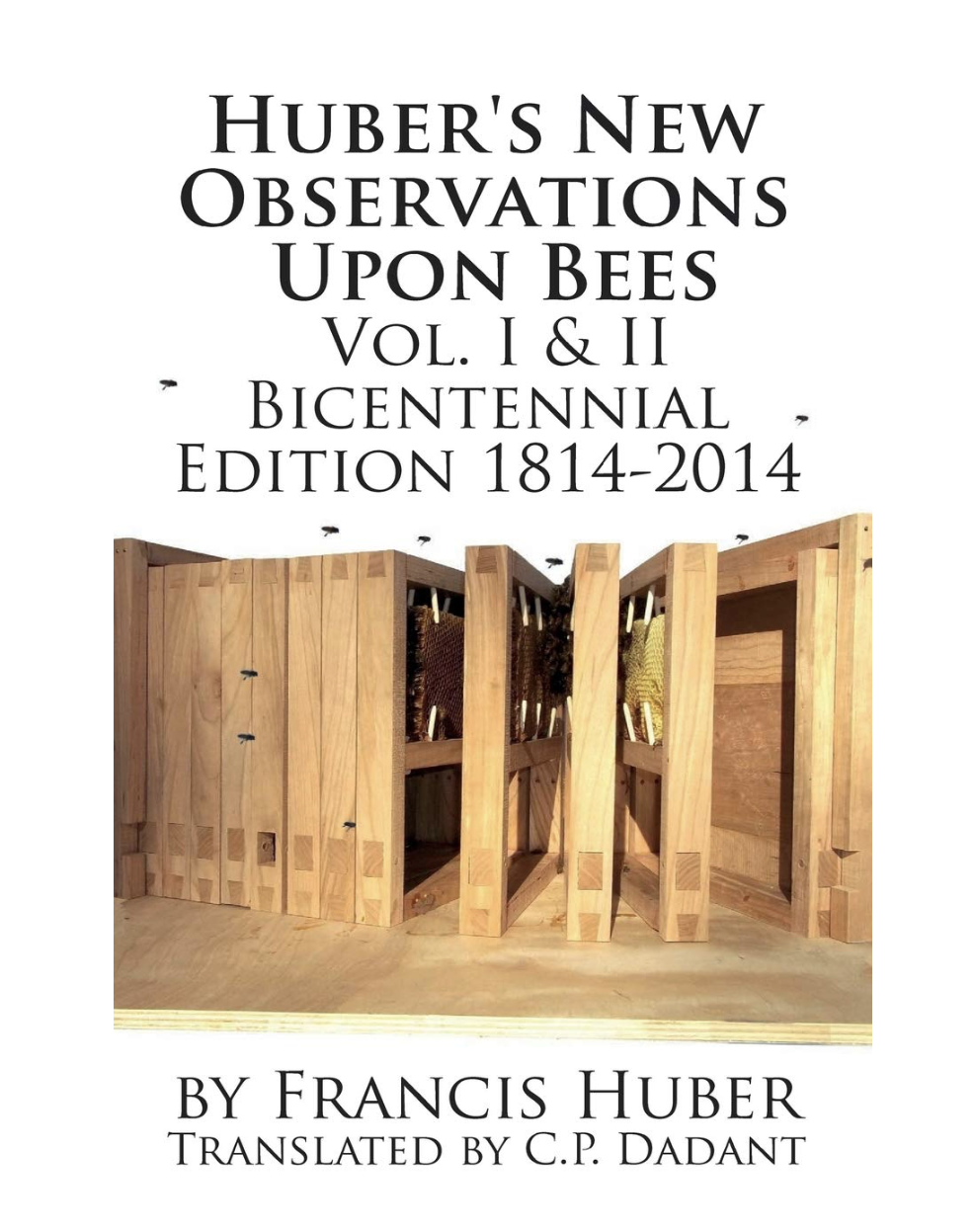
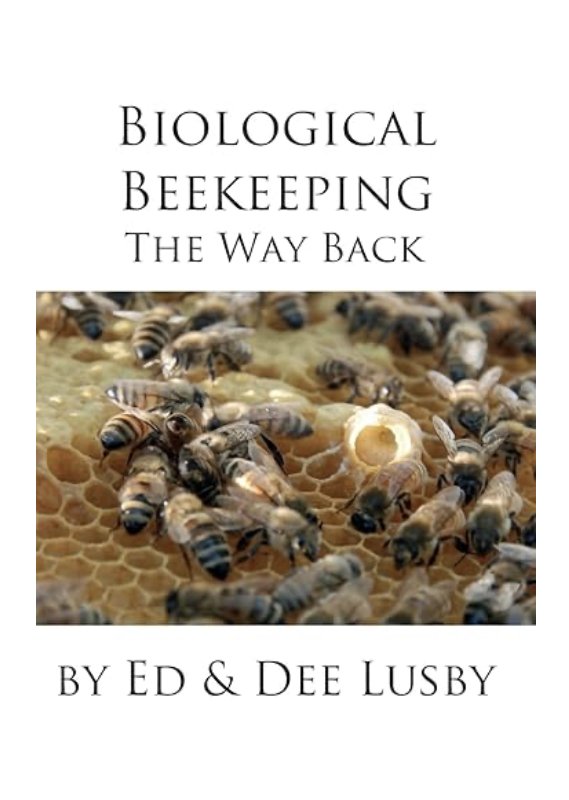
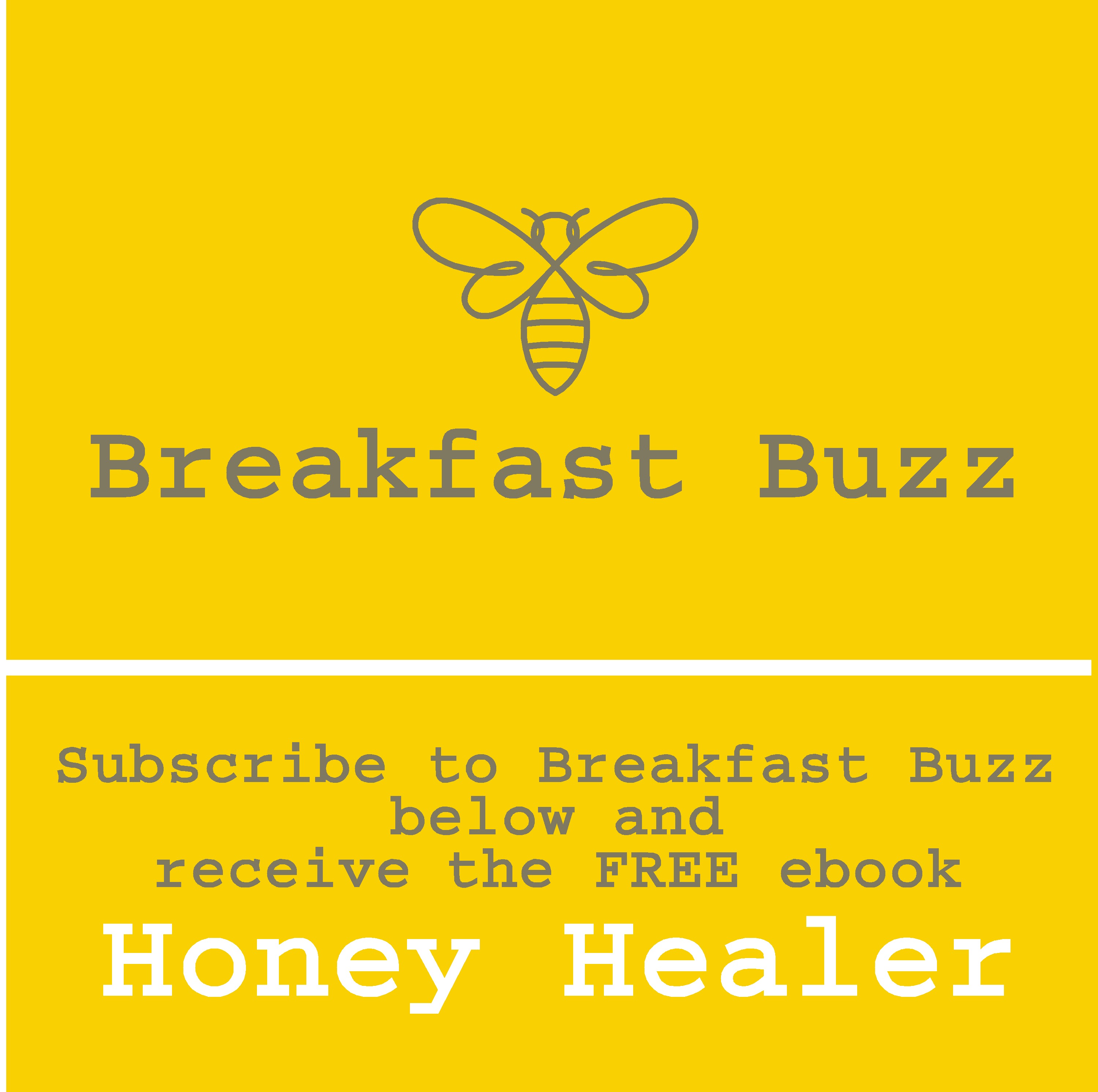
New! Comments
Have your say about what you just read! Leave me a comment in the box below.